Catering for various allergies, sensitivities and diet and lifestyle preferences doesn’t have to be difficult. We’ve compiled a list of beaut substitutes for common ingredients that’ll keep everyone happy and coming back for more.
Free-from foods were once the domain of niche specialty businesses, but now, any foodservice business that doesn’t offer gluten-free, dairy-free, egg-free and so-on alternatives is at risk of being left behind. And with around 30 per cent of Australians ditching various food groups and products like gluten, dairy and meat, according to a 2016 CSIRO survey, it’s little wonder everyday cafes, bakeries and restaurants are putting more effort into appealing to this large potential customer base.
Aside from allergies and sensitivities, people may avoid certain food groups for social and/or ethical reasons, with vegetarianism and veganism on the rise.
Religion also plays a part in the avoidance of certain food groups, so many eateries—especially in diverse communities—are providing halal and kosher menu options.
Let’s look at simple swaps that can take your products from no-go to free-from.
Make it… Gluten free
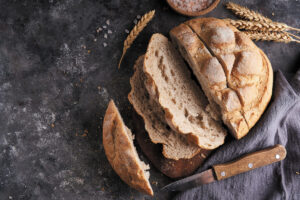
Bakeries were once on the ‘absolutely not’ list for people allergic, intolerant or otherwise avoidant of gluten. After all, gluten is an essential ingredient in the bread-making process. But there are ways to make gluten-free and low-gluten bread that customers will love, not just tolerate.
Swap: Wheat flour for gluten-free flour
There are specialty gluten-free flour blends on the market designed to get the best result for bread, with most using a blend of various grains, starches and nuts. Rice flour, buckwheat flour, tapioca flour and almond flour are common alternatives, and to mimic the ‘chew’ of gluten bread, many add a binder like xanthan gum. Most gluten-free flour blends can replace regular wheat flour in a recipe cup for cup.
Make it… Egg free

Eggs are a magic ingredient in so many aspects of baking, used for binding, leavening, moisture, flavour and appearance. However, egg is one of the most common food allergies, especially in young children, and is also off the menu for those following a vegan diet.
Swap: Eggs for aquafaba or soy lecithin
Aquafaba is the liquid left over from cooking beans or legumes—think the liquid that is found in canned chickpeas—and makes an incredible substitute for egg white. It can even be whipped to make meringue! Use 3 tablespoons (45 grams) for each egg white you want to replace.
For egg yolk replacement, soybean oil by-product, soy lecithin, has binding properties similar to that of eggs. One tablespoon (14 grams) of soy lecithin can be used to replace one whole egg or one egg yolk in most recipes.
For egg wash on pastry items to promote that lovely golden-brown appearance, you can use milk (including soy, almond or rice milks), butter, honey or oil.
Make it… Dairy free
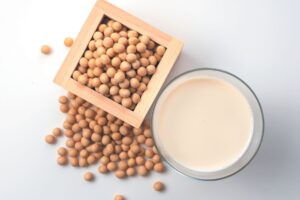
Like eggs, as well as being a common allergy and intolerance, dairy is off the menu for vegan diets. These days, dairy alternatives are a fast-growing market, with oat, hemp, almond, soy and coconut popular alternatives in coffee. For baking, often it is the protein of dairy that helps give products structure.
Swap: Cow’s milk for soy milk
Of the alternative milks, soy milk has the most protein, so it’s best for adding structure and helping baked products brown nicely. Its flavour is mild too, so it’s usually hard to detect.
Swap: Cream for coconut milk/cream
For a heavier cream substitute, use coconut cream or coconut milk (which can be whipped like cream). It is naturally sweet, so you’ll need to use less sugar. For a longer-lasting whip, add a little corn starch or soy milk powder.
Make it… Nut free

Nuts aren’t essential, but they’re a delicious additive to many baked products, as well as adding a lovely texture. However, many nuts—especially tree nuts—are common allergens.
Swap: Nuts for granola or rolled oats
Granola (obviously without nuts!) can be used as a one for one replacement for nuts in most recipes, adding that lovely crunch to products. To mimic a nutty flavour, rolled oats can be browned in a little bit of butter before adding them to your mixture.
Other nut alternatives can include pumpkin and sunflower seeds, rice cereal, toasted soy beans and chickpeas.
Make it… Halal
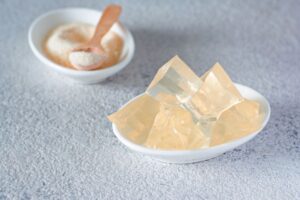
Gelatin is a versatile protein that has many culinary uses, thickening anything from soups, gravy, mousse, souffles, jelly and even ice cream. However, it is a pork by-product, making it unsuitable for people following a halal or vegan diet.
Swap: Gelatin for Agar Agar
Agar Agar is an extract from algae that gels when combined with liquids, making it a great alternative to gelatin. As it is derived from plants, not animals, it is suitable for those following a vegan/vegetarian diet as well as halal.
Make it… Vegetarian
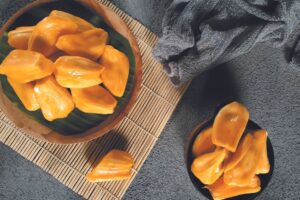
According to a 2019 finding from market research company Roy Morgan, nearly 2.5 million Australians (12.1 per cent of the population) now have diets of which the food is all, or almost all, vegetarian, and the number has been on a slow, yet steady upward trend. Whether for health, environmental or ethical reasons, the plant-based diet is here to stay. And while the meat pie is likely to always be in demand, it’s nice to have alternatives.
SWAP: Beef for jackfruit
Yep, you read that right—jackfruit is a popular meat alternative in the vegan and vegetarian community, and prepared the right way, a convincing one. Shredded jackfruit can be used with various barbecue sauces to make dishes akin to pulled pork/chicken, and you can even create pies that look and taste like beef with it by cooking it with plant-based beef-flavoured stock. There is also a growing range of plant-based faux meat hitting the shelves, allowing people to have the best of both worlds!
IMPORTANT REMINDER: Allergies and intolerances versus personal preferences are very different things. When catering for allergies, always ensure best-practice is followed to minimise the risk of cross-contamination, which can be life-threatening, and can occur at any point in the production line.
Possible sources of cross contamination with foods:
During food processing:
- Shared manufacturing and packaging lines
- When food is transported
- When food is stored
During point of purchase:
- Food sold in bulk cases where shared utensils are used to hand out (e.g. bain maries)
- Deli foods
During food preparation:
- Shared use of any equipment/machinery without proper cleaning (e.g. knvies,
blenders, cutting boards, frying pans, barbeques, deep fryers)
- Food service (kitchen/waiter) staff not changing gloves when preparing an allergen-free meal
Due to where foods are placed:
- When different foods are stored near each other there is a higher risk of cross
contamination/mixing (e.g. buffets, juice bars, pick’n’mix shops).


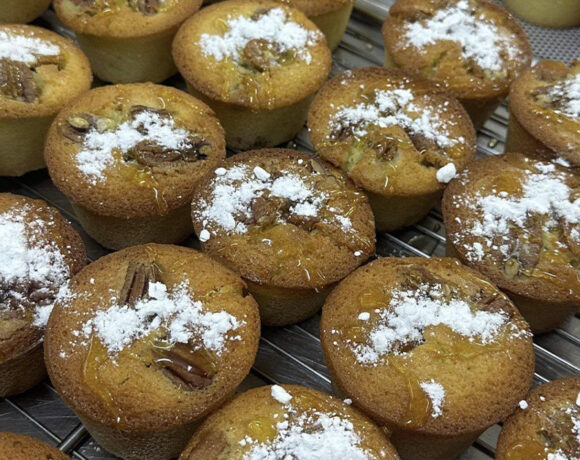




COMMENTS